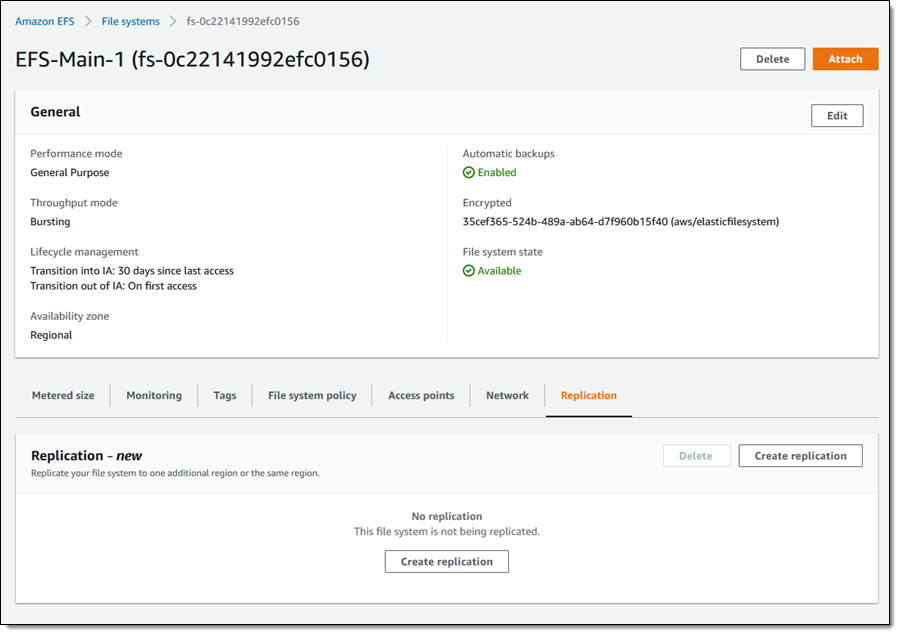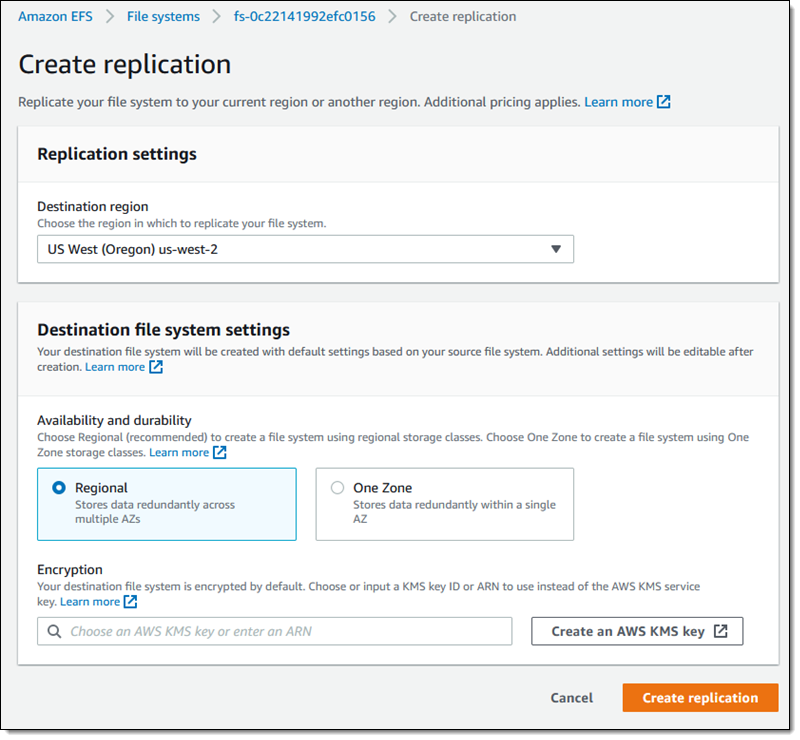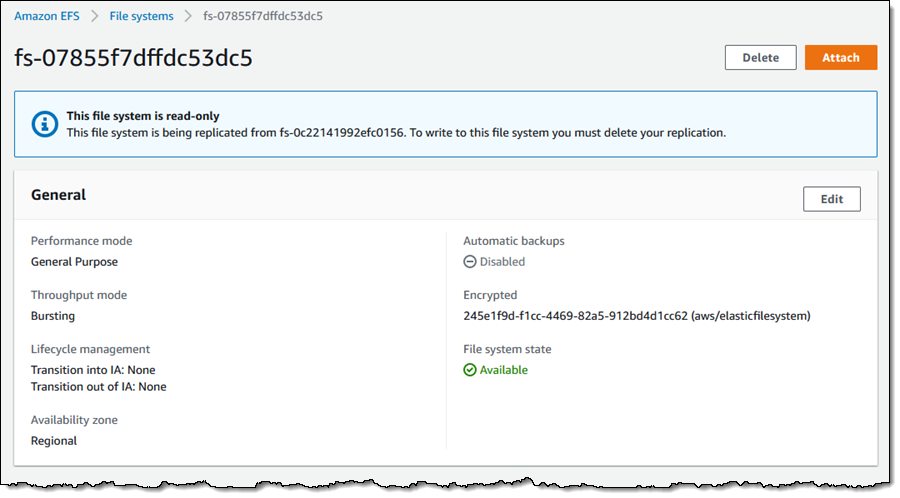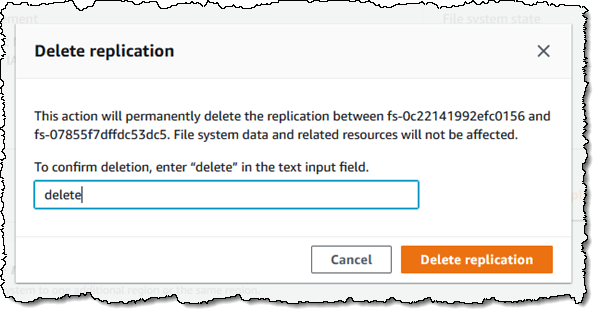Post Syndicated from Jeff Barr original https://aws.amazon.com/blogs/aws/new-aws-private-5g-build-your-own-private-mobile-network/
Back in the mid-1990’s, I had a young family and 5 or 6 PCs in the basement. One day my son Stephen and I bought a single box that contained a bunch of 3COM network cards, a hub, some drivers, and some cables, and spent a pleasant weekend setting up our first home LAN.
Introducing AWS Private 5G
Today I would like to introduce you to AWS Private 5G, the modern, corporate version of that very powerful box of hardware and software. This cool new service lets you design and deploy your own private mobile network in a matter of days. It is easy to install, operate, and scale, and does not require any specialized expertise. You can use the network to communicate with the sensors & actuators in your smart factory, or to provide better connectivity for handheld devices, scanners, and tablets for process automation.
The private mobile network makes use of CBRS spectrum. It supports 4G LTE (Long Term Evolution) today, and will support 5G in the future, both of which give you a consistent, predictable level of throughput with ultra low latency. You get long range coverage, indoors and out, and fine-grained access control.
AWS Private 5G runs on AWS-managed infrastructure. It is self-service and API-driven, and can scale with respect to geographic coverage, device count, and overall throughput. It also works nicely with other parts of AWS, and lets you use AWS Identity and Access Management (IAM) to control access to both devices and applications.
Getting Started with AWS Private 5G
To get started, I visit the AWS Private 5G Console and click Create network:

I assign a name to my network (JeffCell) and to my site (JeffSite) and click Create network:
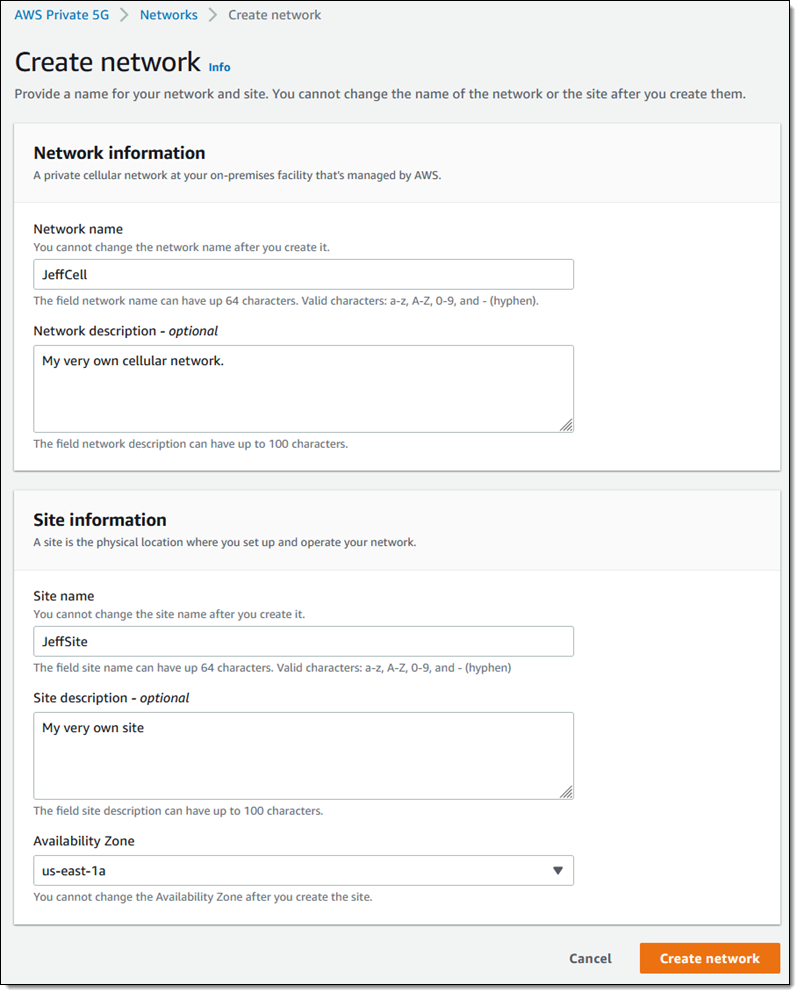
The network and the site are created right away. Now I click Create order:
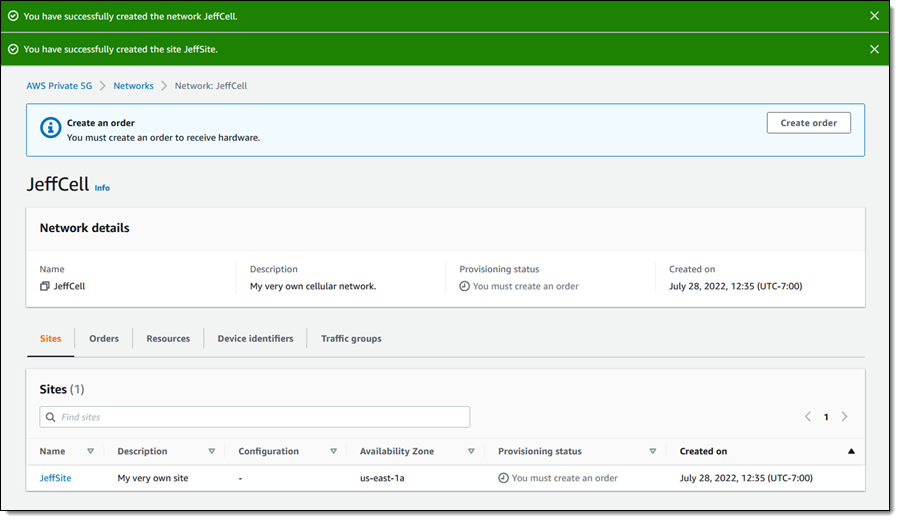
I fill in the shipping address, agree to the pricing (more on that later), and click Create order:
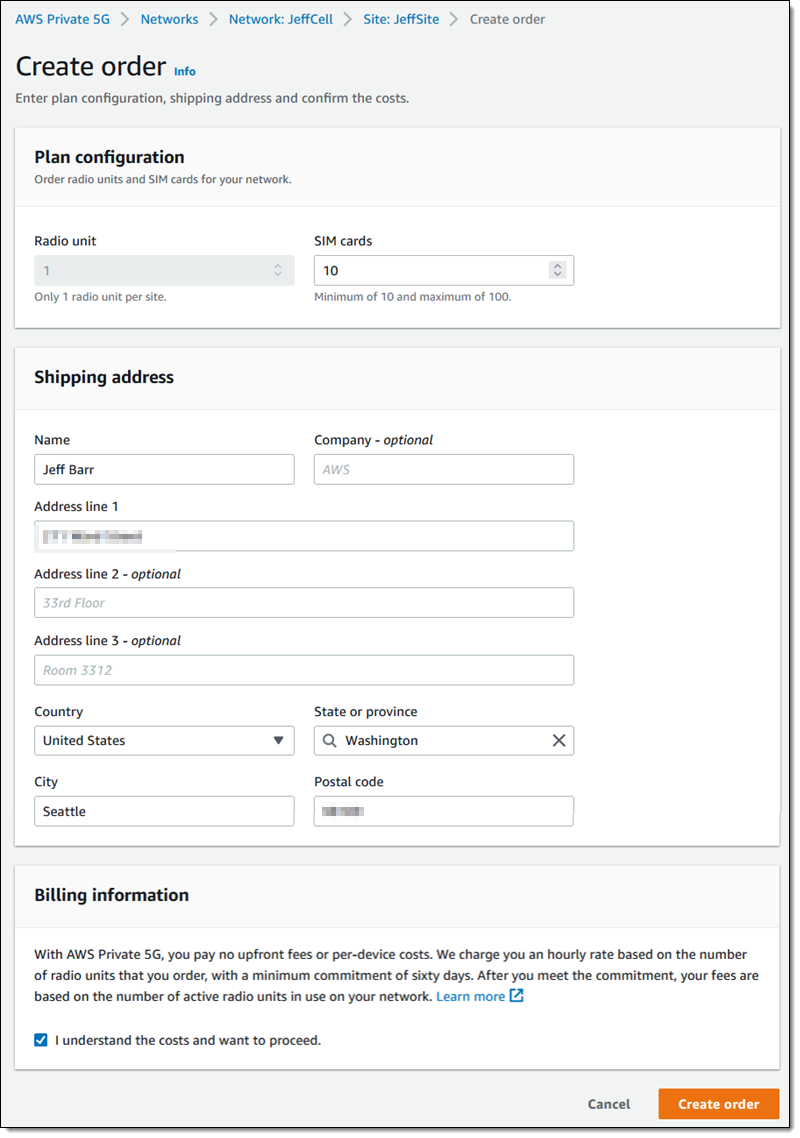
Then I await delivery, and click Acknowledge order to proceed:

The package includes a radio unit and ten SIM cards. The radio unit requires AC power and wired access to the public Internet, along with basic networking (IPv4 and DHCP).
When the order arrives, I click Acknowledge order and confirm that I have received the desired radio unit and SIMs. Then I engage a Certified Professional Installer (CPI) to set it up. As part of the installation process, the installer will enter the latitude, longitude, and elevation of my site.
Things to Know
Here are a couple of important things to know about AWS Private 5G:
Partners – Planning and deploying a private wireless network can be complex and not every enterprise will have the tools to do this work on their own. In addition, CBRS spectrum in the United States requires Certified Professional Installation (CPI) of radios. To address these needs, we are building an ecosystem of partners that can provide customers with radio planning, installation, CPI certification, and implementation of customer use cases. You can access these partners from the AWS Private 5G Console and work with them through the AWS Marketplace.
Deployment Options – In the demo above, I showed you the cloud–based deployment option, which is designed for testing and evaluation purposes, for time-limited deployments, and for deployments that do not use the network in latency-sensitive ways. With this option, the AWS Private 5G Mobile Core runs within a specific AWS Region. We are also working to enable on-premises hosting of the Mobile Core on a Private 5G compute appliance.
CLI and API Access – I can also use the create-network, create-network-site, and acknowledge-order-receipt commands to set up my AWS Private 5G network from the command line. I still need to use the console to place my equipment order.
Scaling and Expansion – Each network supports one radio unit that can provide up to 150 Mbps of throughput spread across up to 100 SIMs. We are working to add support for multiple radio units and greater number of SIM cards per network.
Regions and Locations – We are launching AWS Private 5G in the US East (Ohio), US East (N. Virginia), and US West (Oregon) Regions, and are working to make the service available outside of the United States in the near future.
Pricing – Each radio unit is billed at $10 per hour, with a 60 day minimum.
To learn more, read about AWS Private 5G.
— Jeff;
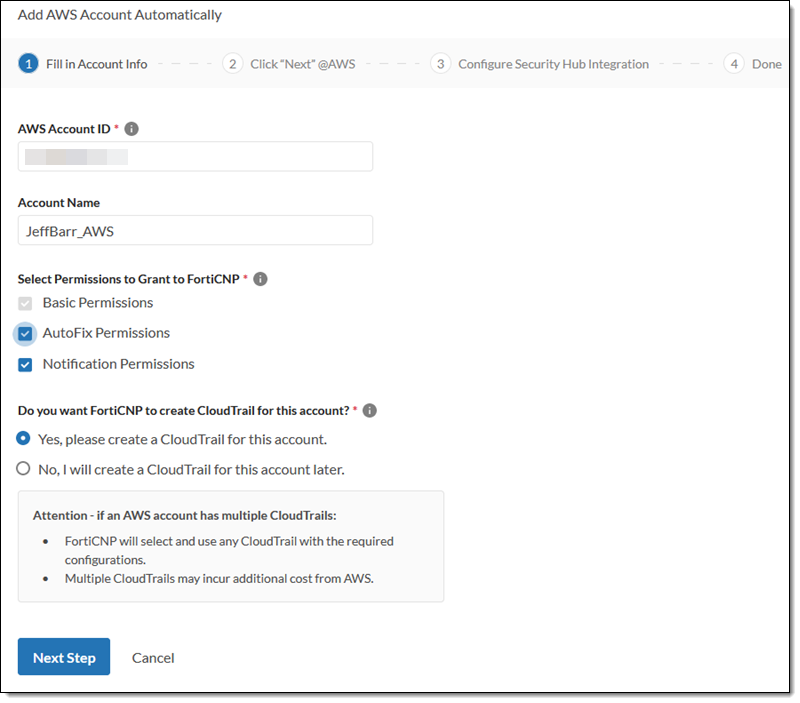
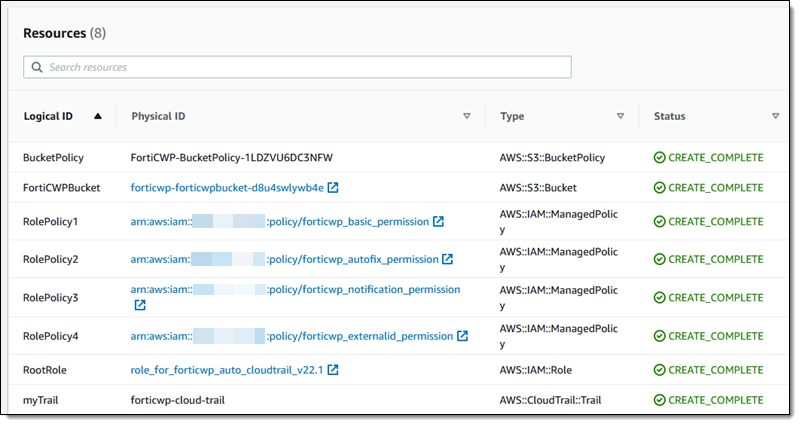


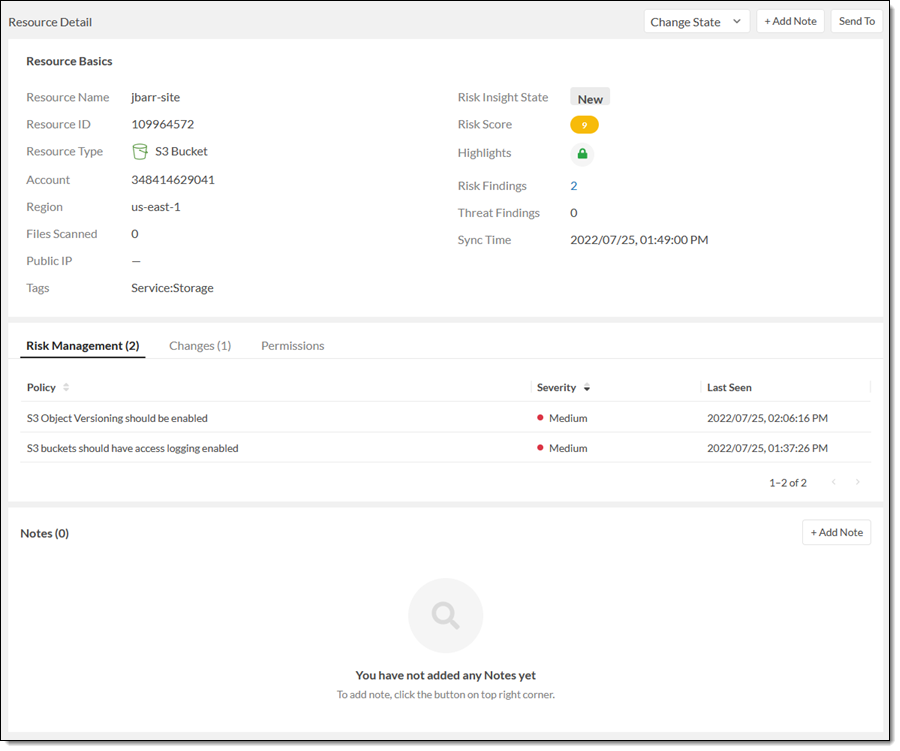

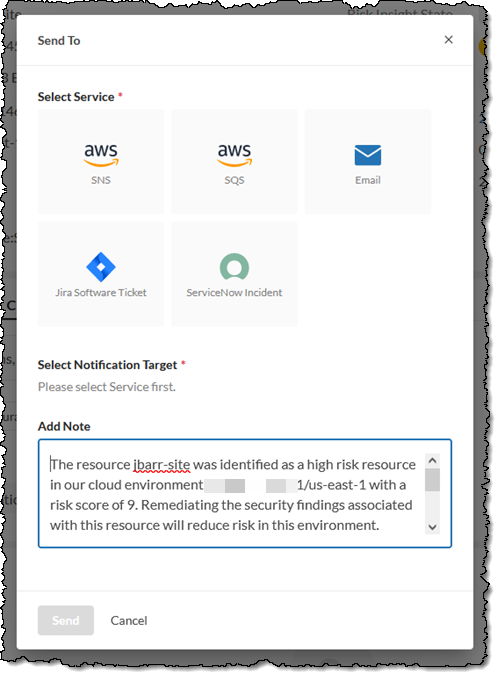
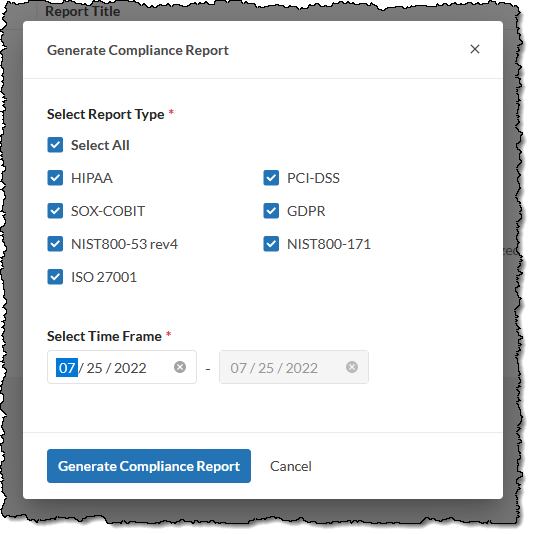

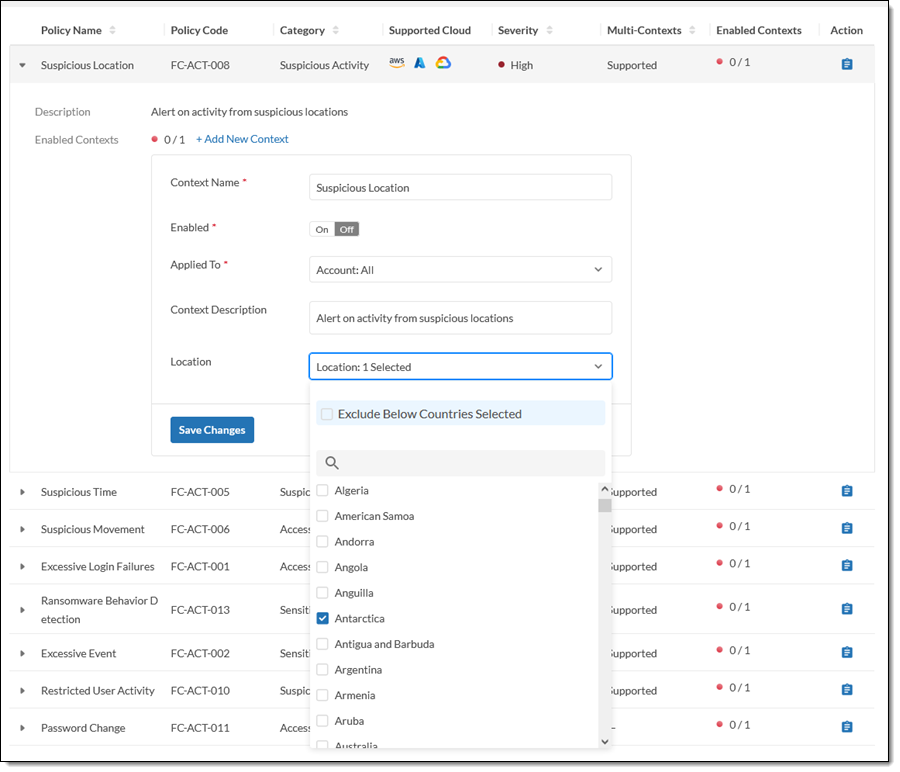
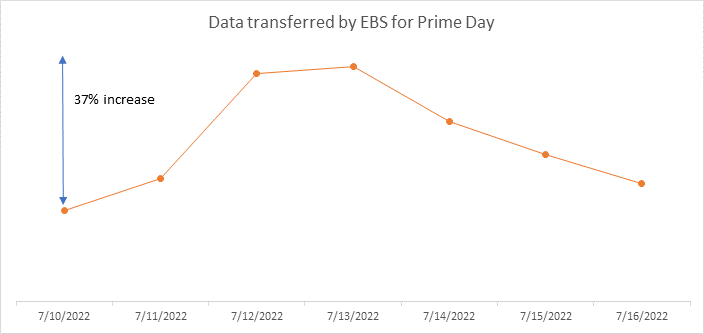
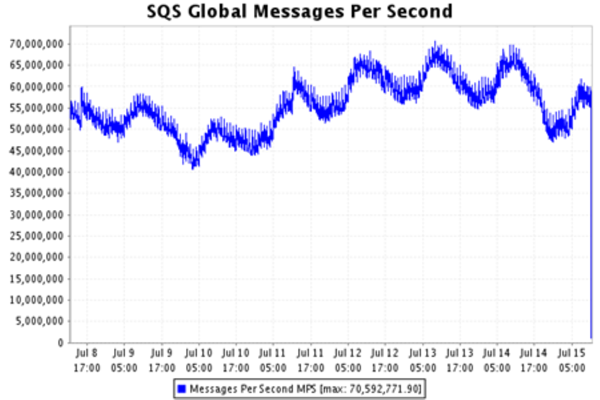
 As you may have already read, we recently sent an
As you may have already read, we recently sent an 

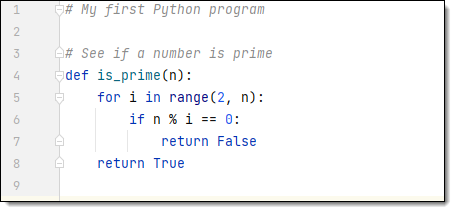



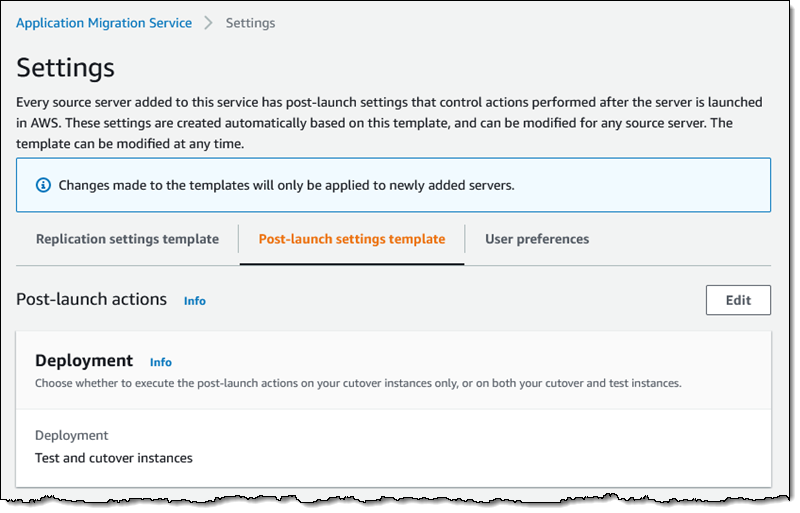

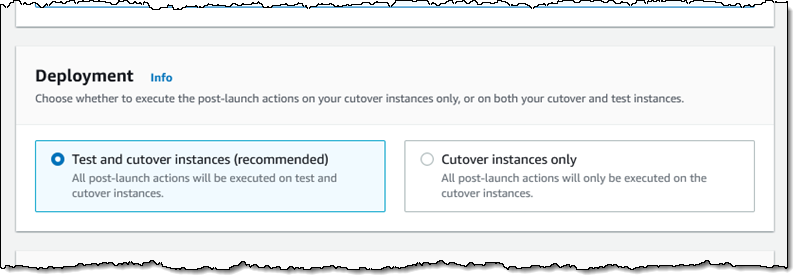


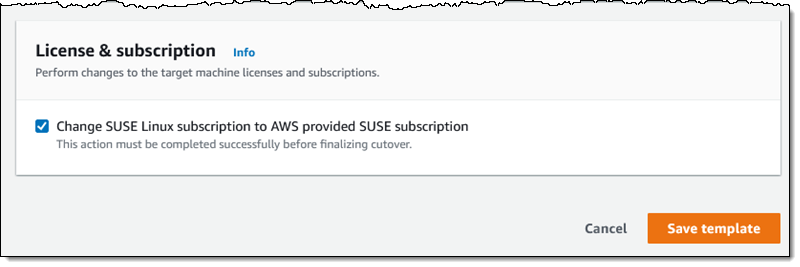



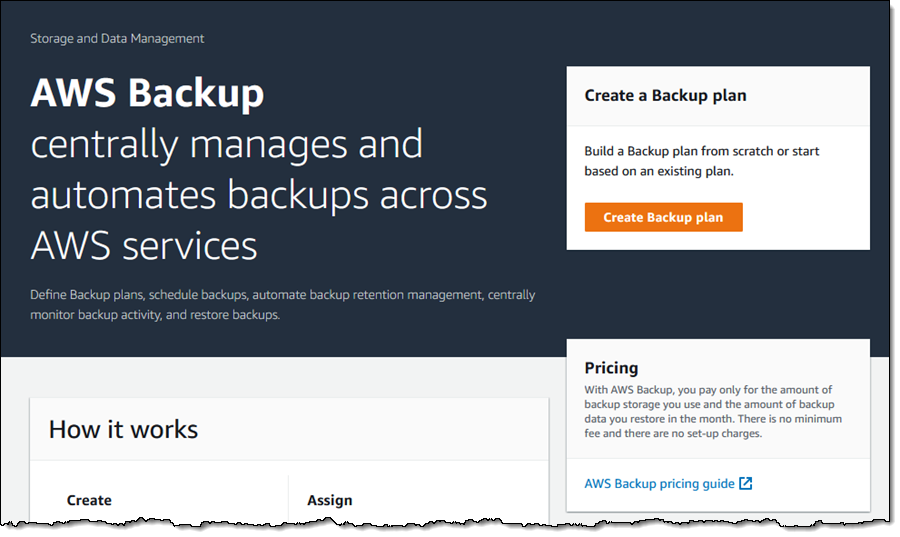
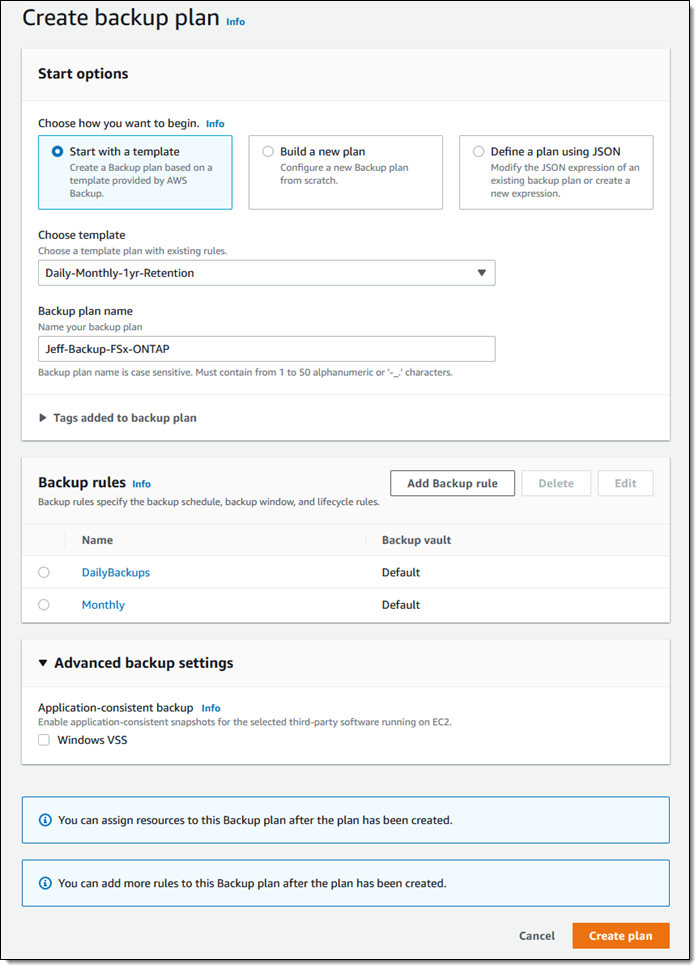
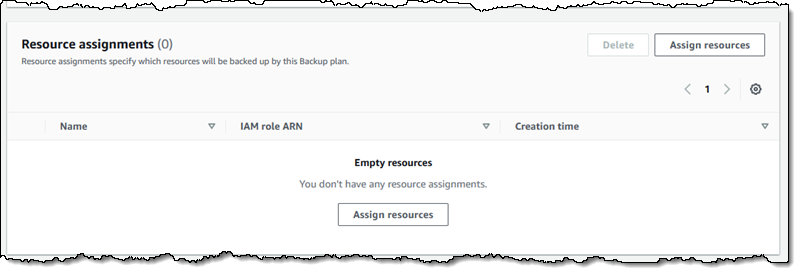


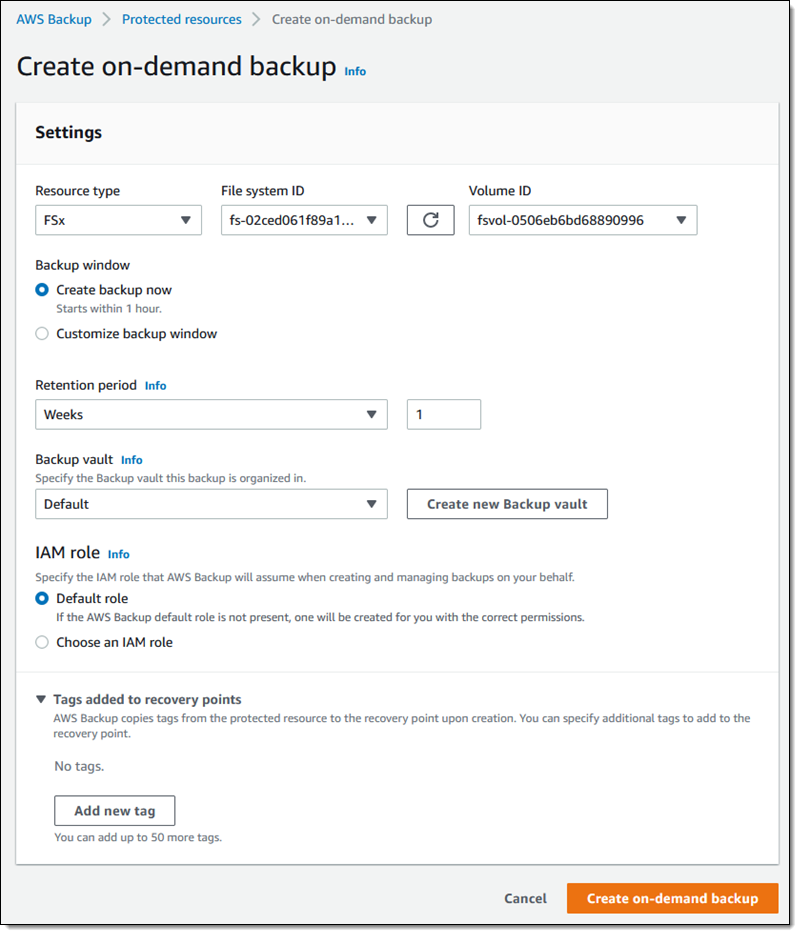
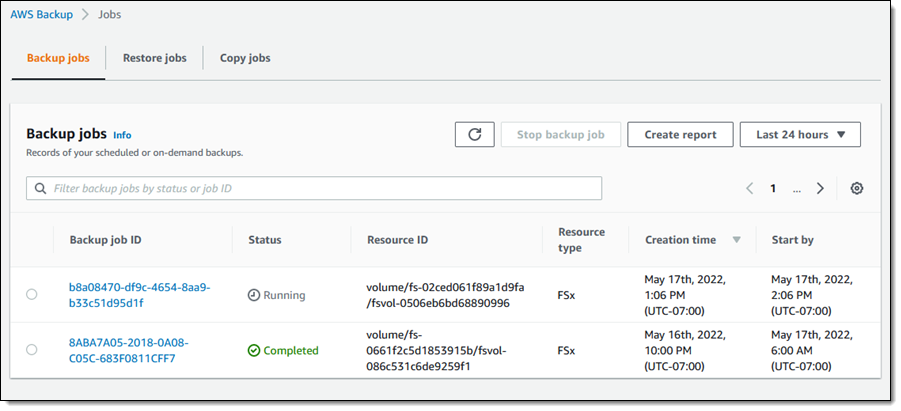
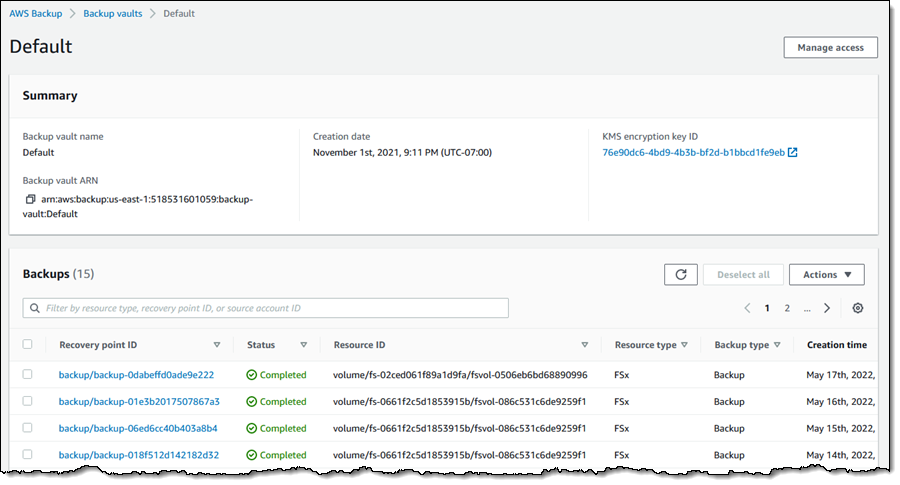


 The first in this year’s series of AWS Summits took place in San Francisco this past week and we had a bunch of great announcements. Let’s take a closer look…
The first in this year’s series of AWS Summits took place in San Francisco this past week and we had a bunch of great announcements. Let’s take a closer look…
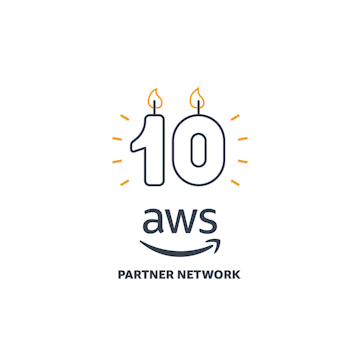 Ten years ago we launched
Ten years ago we launched 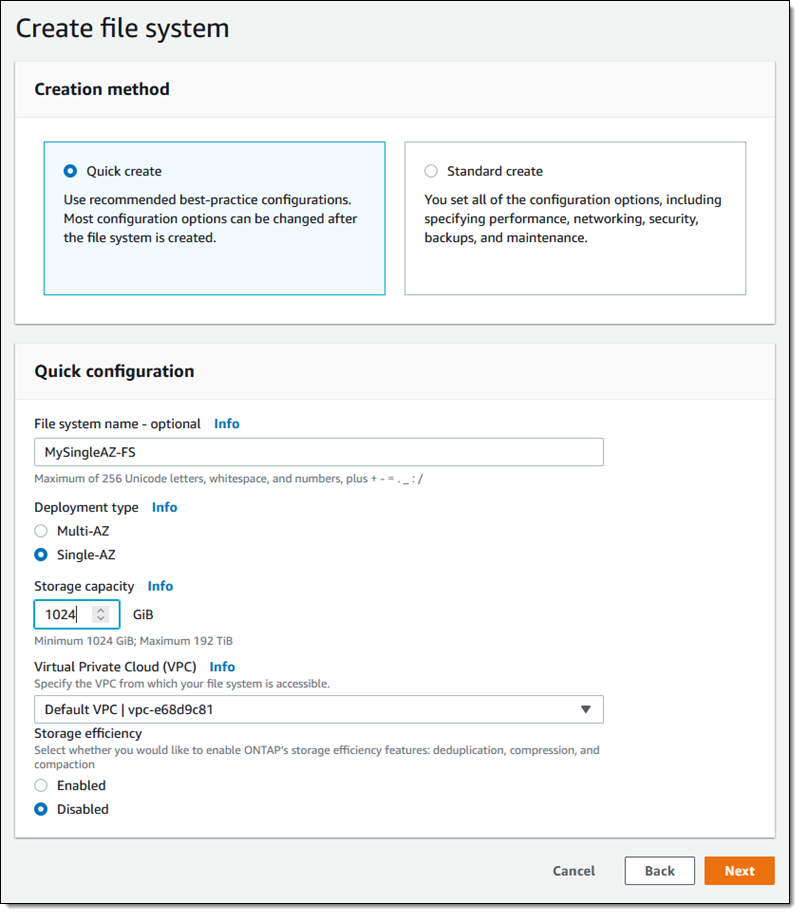
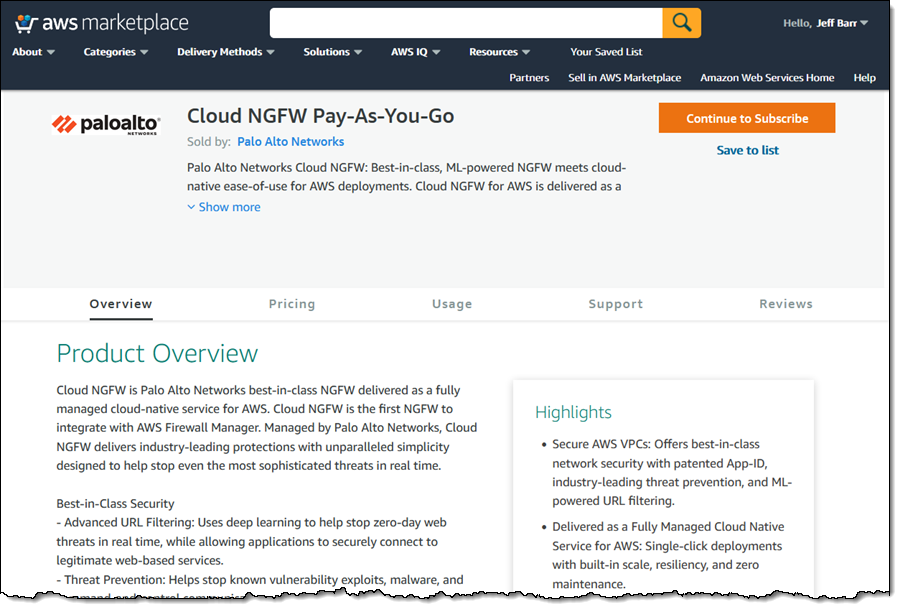

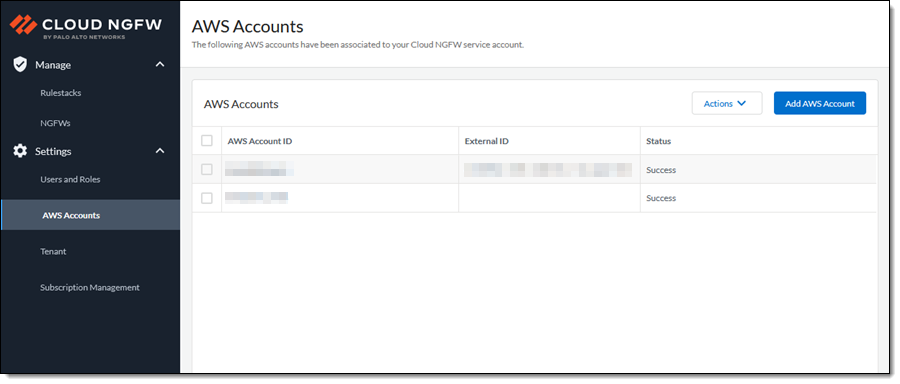


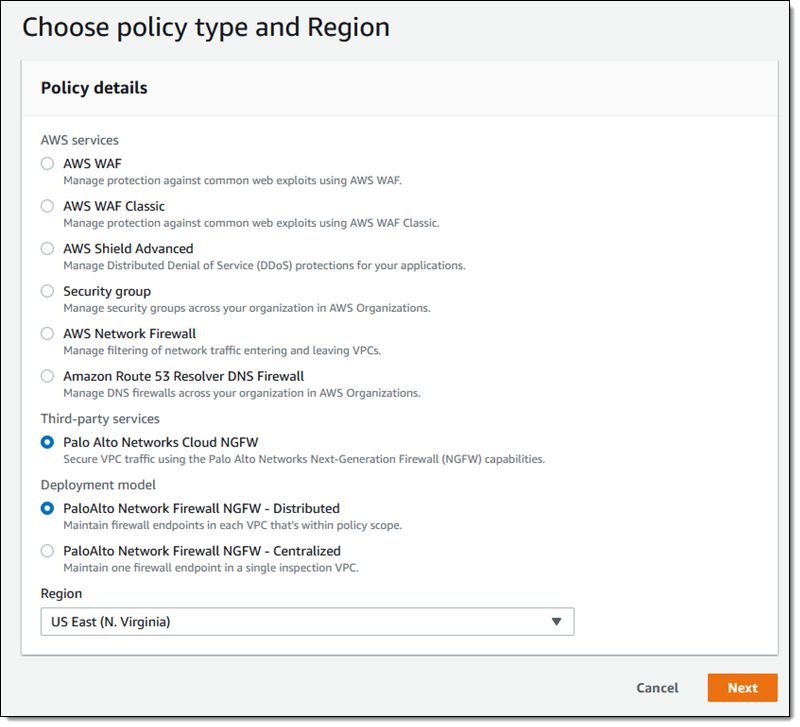



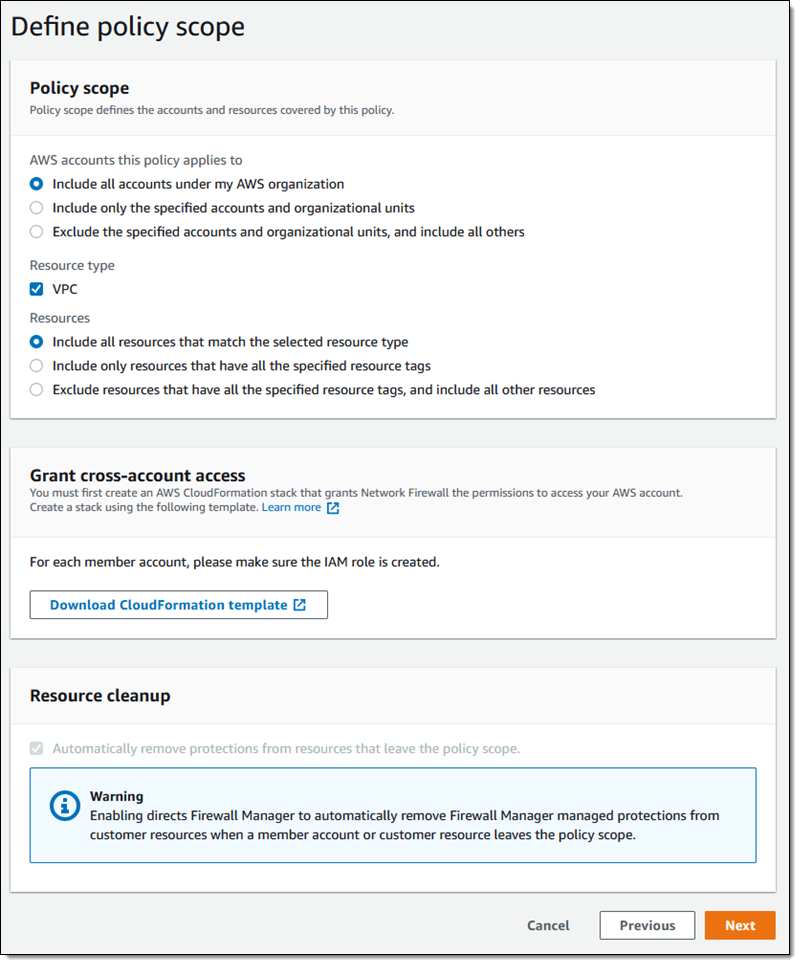
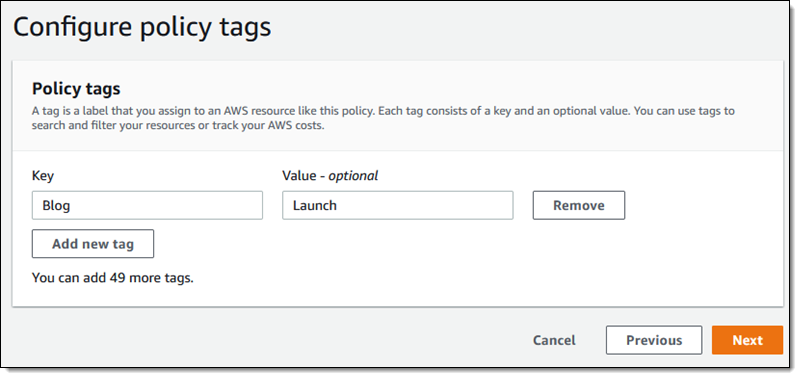




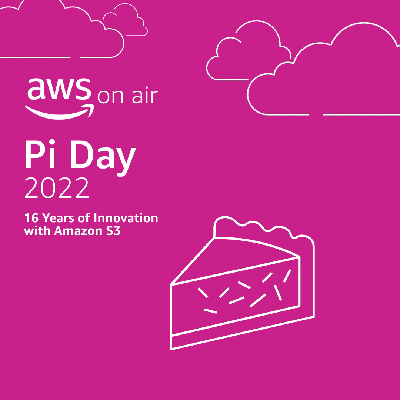 We launched
We launched 
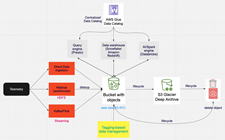
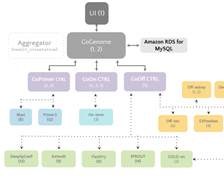 This team came together to build a best-in-class gene-editing prediction platform. CRISPR (
This team came together to build a best-in-class gene-editing prediction platform. CRISPR (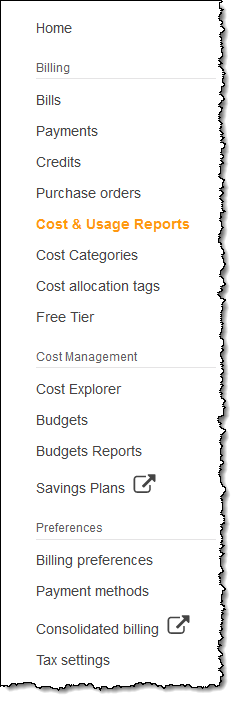



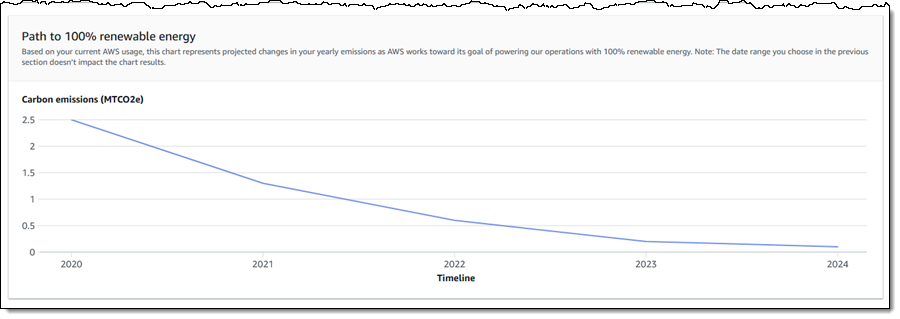



 Faster is always better, and today I am thrilled to be able to tell you that your latency-sensitive EFS workloads can now run about twice as fast as before!
Faster is always better, and today I am thrilled to be able to tell you that your latency-sensitive EFS workloads can now run about twice as fast as before!